Suction Machine Workflow in the ICU: Ensuring Patient Airway Management
The Role of Suction Machines in the ICU
Suction machines, also known as aspirators, are medical devices that remove substances from the airway by creating negative pressure. In the ICU, they are used to prevent the buildup of secretions and maintain a clear airway, which is crucial for patients who are ventilated, sedated, or unable to clear their own airways due to illness or injury.
Common Scenarios Requiring Suction in the ICU:
- Patients on mechanical ventilation: Continuous airway clearance is required.
- Post-surgical patients: Patients recovering from anesthesia may have difficulty clearing secretions.
- Neurological impairment: Stroke, coma, or brain injury patients may lose their cough reflex.
- Trauma or emergency cases: Suction is critical for immediate airway management.
Step-by-Step Workflow for Suctioning in the ICU
- Preparation Before suctioning, ensure that the suction machine is correctly set up. Check that the suction tubing, catheters, and collection canister are sterile and ready for use.
Key Preparatory Steps:
- Ensure the machine is properly connected and has appropriate power backup (especially in ICUs where uninterrupted operation is vital).
- Set the suction pressure to the recommended level (usually between 80–120 mmHg for adults and 60–100 mmHg for pediatric patients).
- Verify that all the components are functioning, and check the catheter size to ensure it is appropriate for the patient’s condition.
- Assess the Patient Always assess the patient’s respiratory status before performing suction. Look for signs such as:
- Increased respiratory rate
- Declining oxygen saturation
- Audible gurgling or crackles
- Visible secretions in the mouth or airway
Suctioning is generally indicated when there are visible secretions or when the patient’s oxygenation or ventilation is compromised.
- Preoxygenation Before suctioning, it’s recommended to preoxygenate the patient to prevent hypoxia. This is especially important for critically ill patients whose oxygen reserves may be limited.
How to Preoxygenate:
- Increase the FiO2 (fraction of inspired oxygen) on the ventilator.
- Use a manual resuscitator bag with oxygen for non-ventilated patients.
- Suctioning Technique There are two common types of suctioning in ICU: Oral Suctioning and Endotracheal Suctioning (for ventilated patients).
- Oral Suctioning: A Yankauer suction catheter is typically used for oral and oropharyngeal suctioning. Insert the catheter into the patient’s mouth and suction gently while withdrawing.
- Endotracheal Suctioning: For patients on mechanical ventilation, closed-system suctioning with a suction catheter is performed via the endotracheal or tracheostomy tube. This method is preferred as it reduces the risk of contamination and maintains ventilatory support.
Important Points:
- Do not suction for more than 10–15 seconds at a time to avoid trauma and hypoxia.
- Apply suction intermittently while withdrawing the catheter, never during insertion, to minimize mucosal damage.
- Monitor the patient closely for any changes in vital signs, including heart rate and oxygen levels, during the procedure.
- Post-Suction Monitoring After suctioning, reassess the patient’s respiratory status. Look for improvements in:
- Breathing pattern
- Oxygen saturation levels
- Reduced audible secretions
Continue to monitor for any signs of distress or discomfort. It’s also important to observe the suctioned material for any abnormal findings, such as blood or unusually thick secretions, which may require further medical attention.
Infection Control and Suction Machine Maintenance
Infection control is crucial in the ICU, and suction machines must be kept sterile to prevent hospital-acquired infections like ventilator-associated pneumonia (VAP). Follow these best practices:
- Sterile Equipment: Always use sterile suction catheters and tubing for each patient.
- Disposal: Properly dispose of used suction canisters and tubing to prevent cross-contamination.
- Cleaning: Clean and disinfect the suction machine and its components regularly, following hospital protocols.
- Personal Protective Equipment (PPE): Healthcare workers must wear gloves, gowns, and masks during the suctioning procedure to protect both the patient and themselves.
Challenges and Solutions
Potential Complications During Suctioning:
- Hypoxia: Can occur if suctioning is too prolonged or aggressive. Prevent by preoxygenating the patient.
- Trauma to Airways: Excessive suction pressure or improper technique can damage the mucosa. Using the correct catheter size and suction pressure minimizes this risk.
- Infection Risk: Poor hygiene or improper maintenance of suction equipment can lead to infections such as VAP. Always adhere to strict infection control measures.
Solutions to Overcome Challenges:
- Training: Regular staff training on proper suctioning techniques, infection control protocols, and machine handling ensures patient safety and device efficacy.
- Equipment Maintenance: Scheduled maintenance of suction machines helps prevent device failure and ensures optimal suction pressure.
Conclusion
In the ICU, suction machines are an indispensable tool for ensuring airway patency and preventing respiratory complications. Proper suctioning technique, infection control, and ongoing monitoring are vital to ensuring the well-being of critically ill patients. By following best practices and maintaining the equipment, healthcare professionals can effectively manage patient airways and contribute to successful outcomes in the ICU.
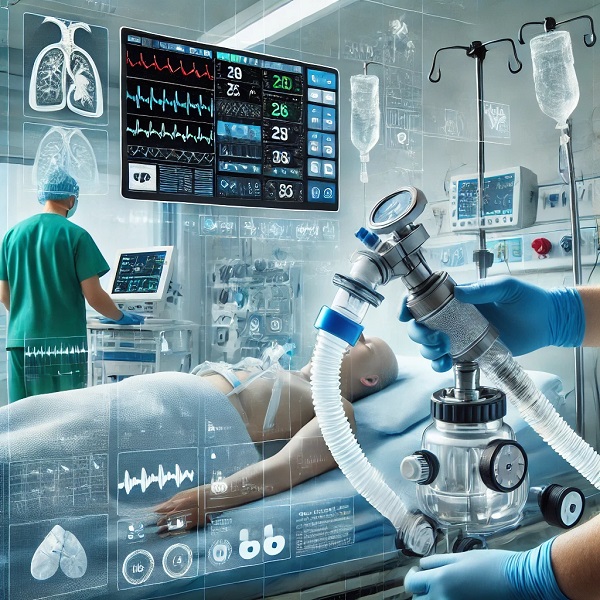
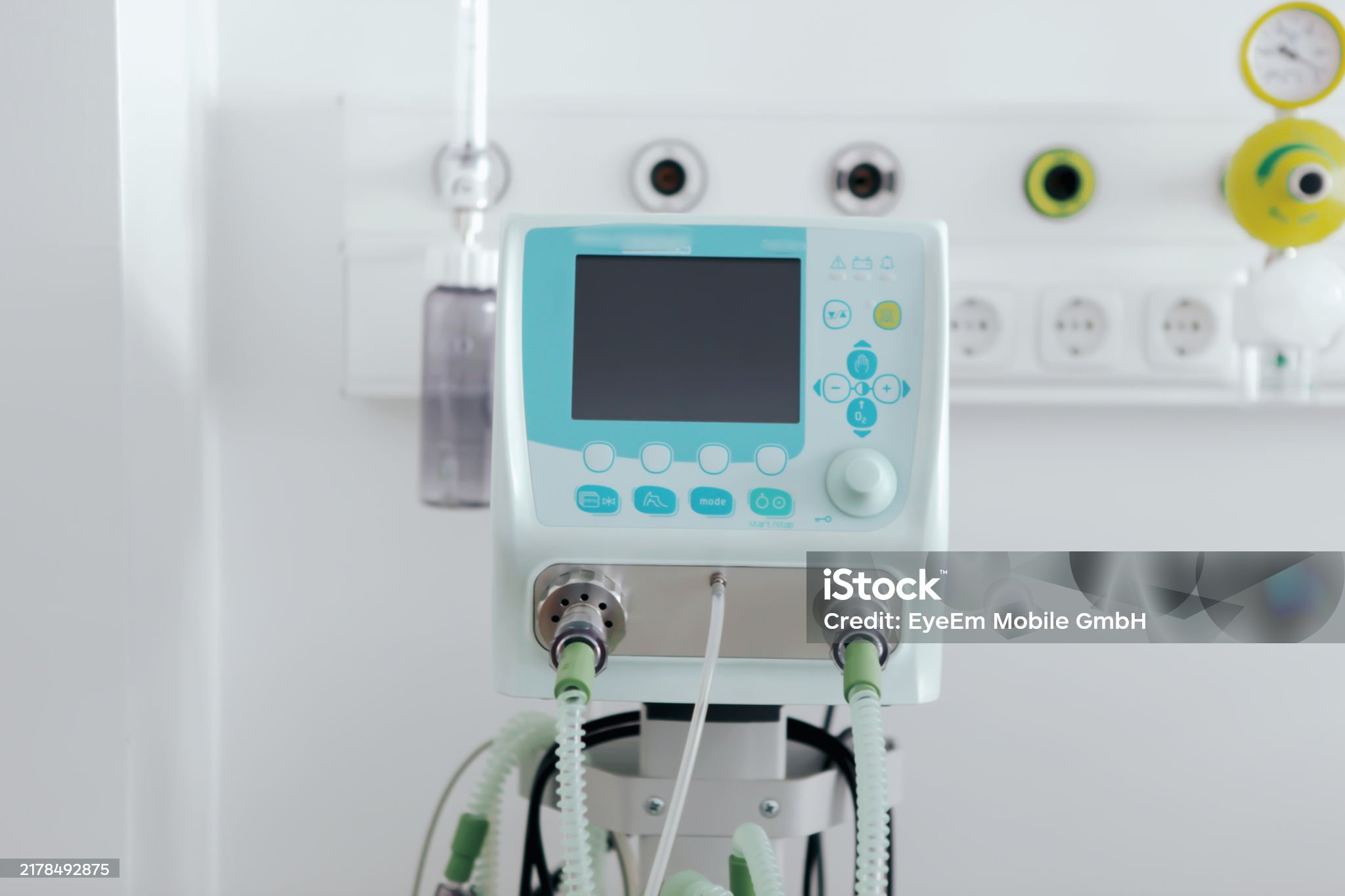
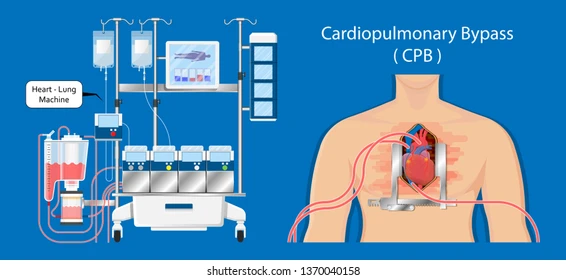

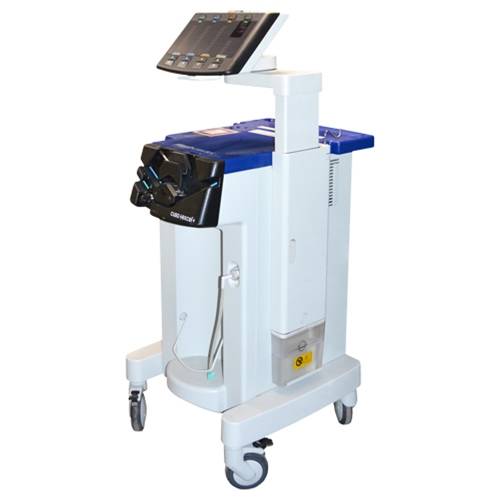
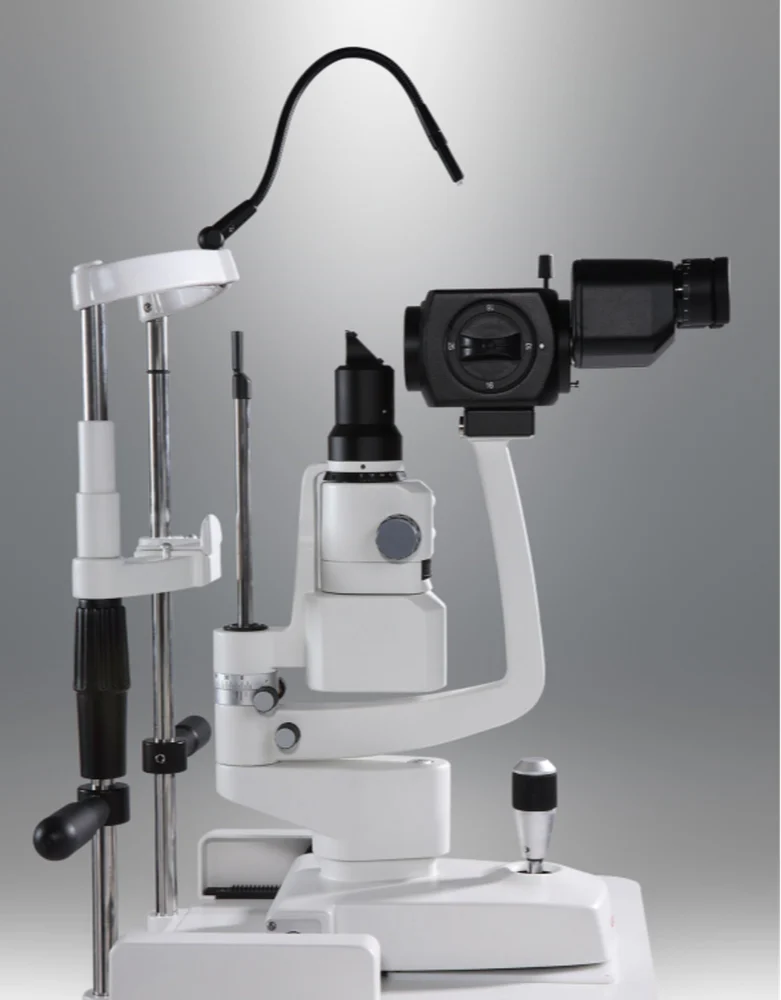
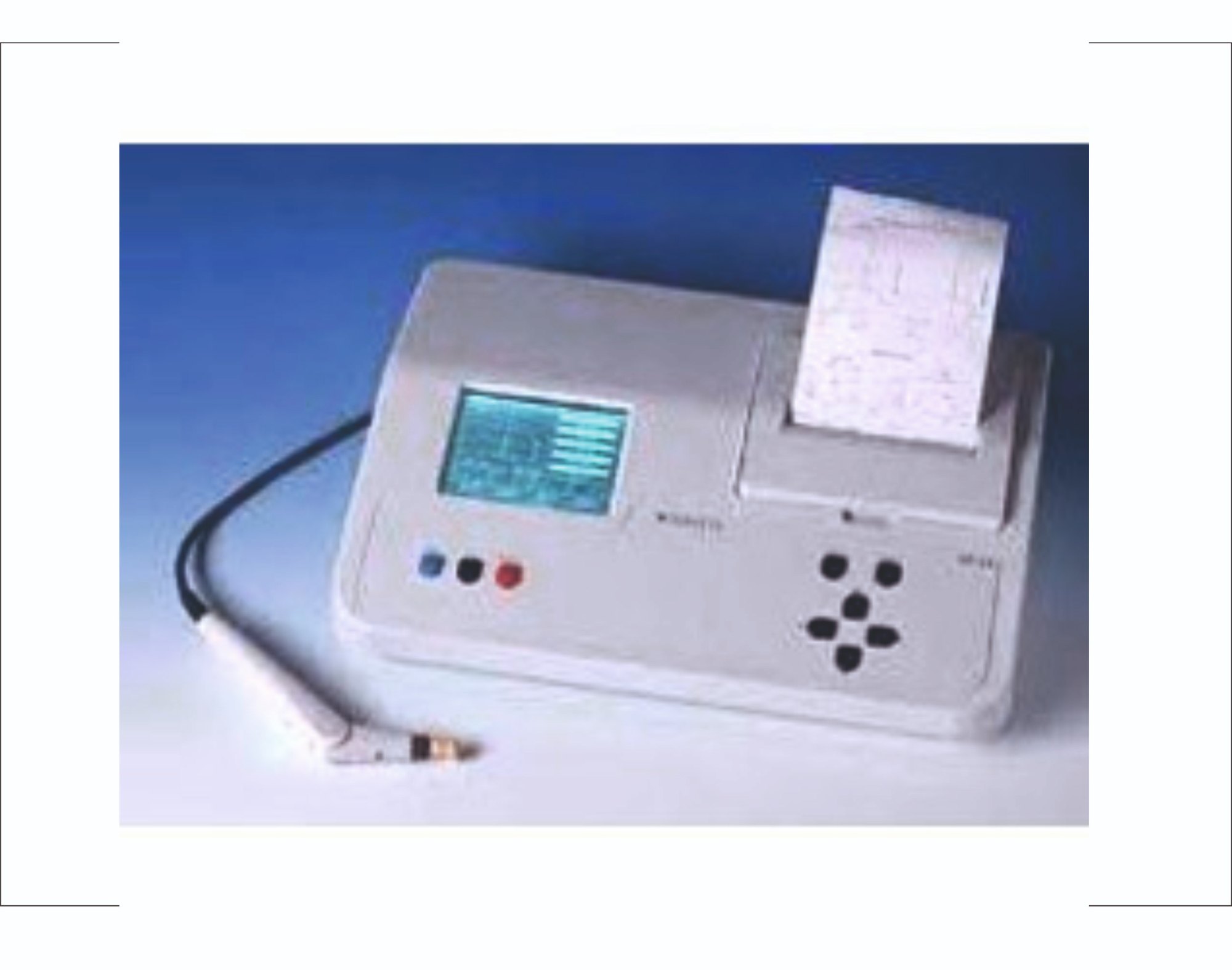
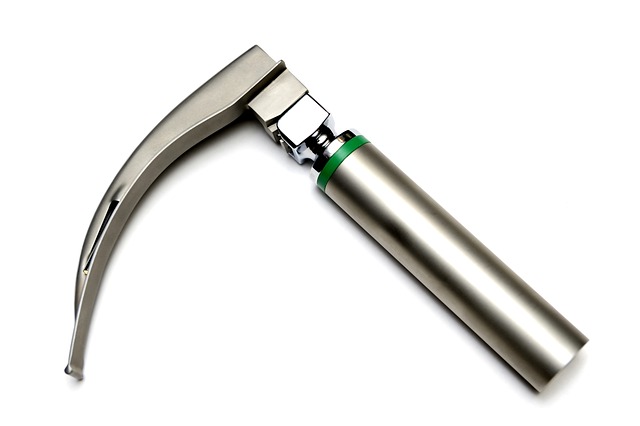

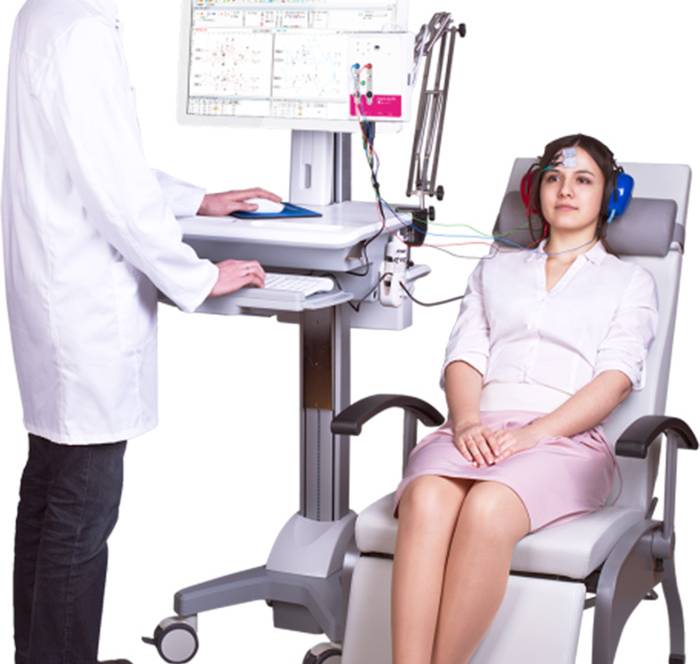
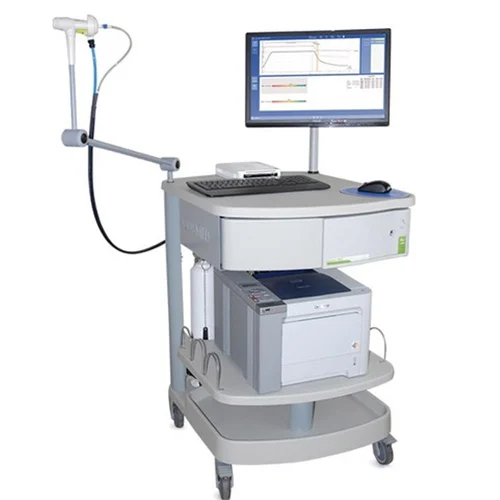


Leave a Reply